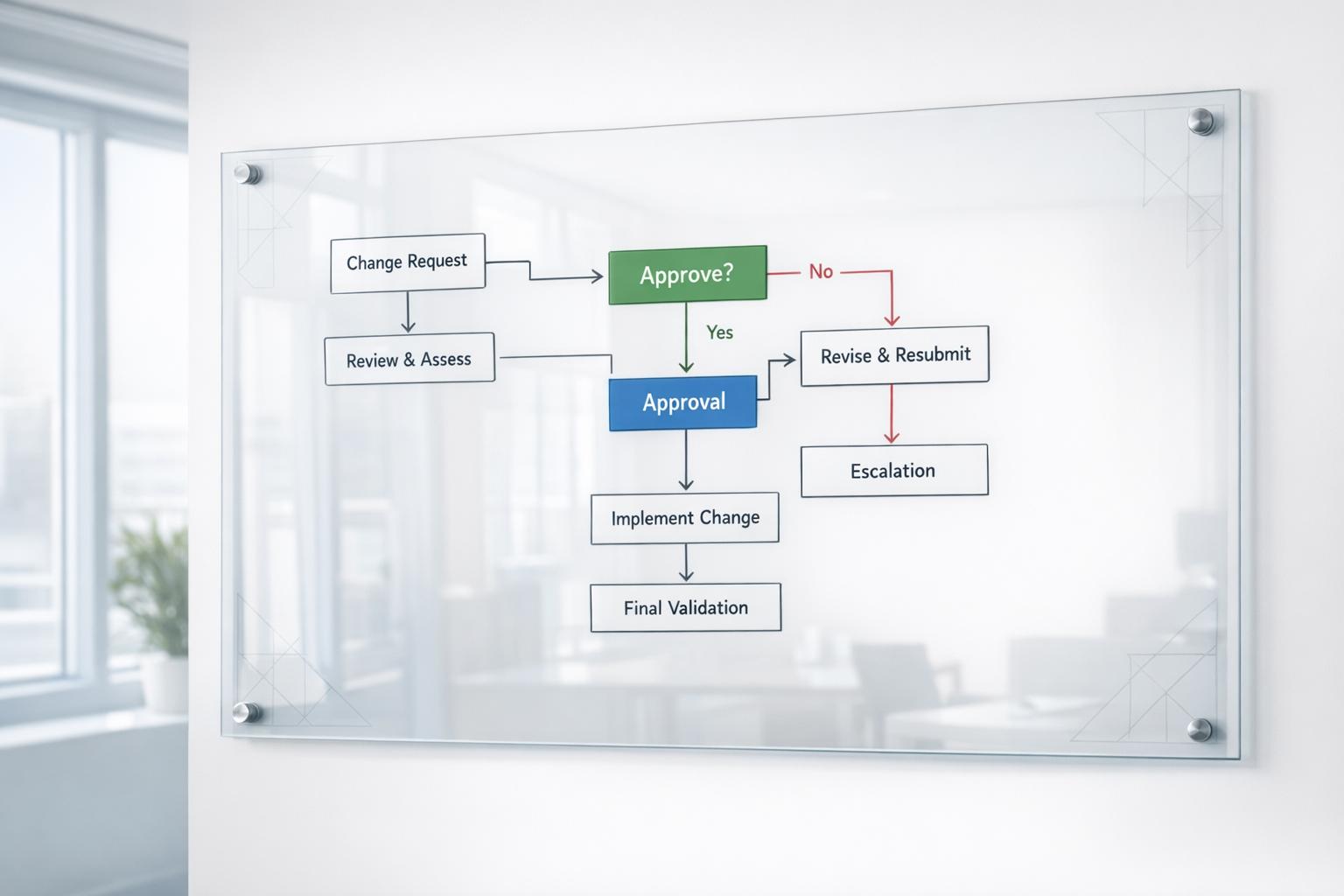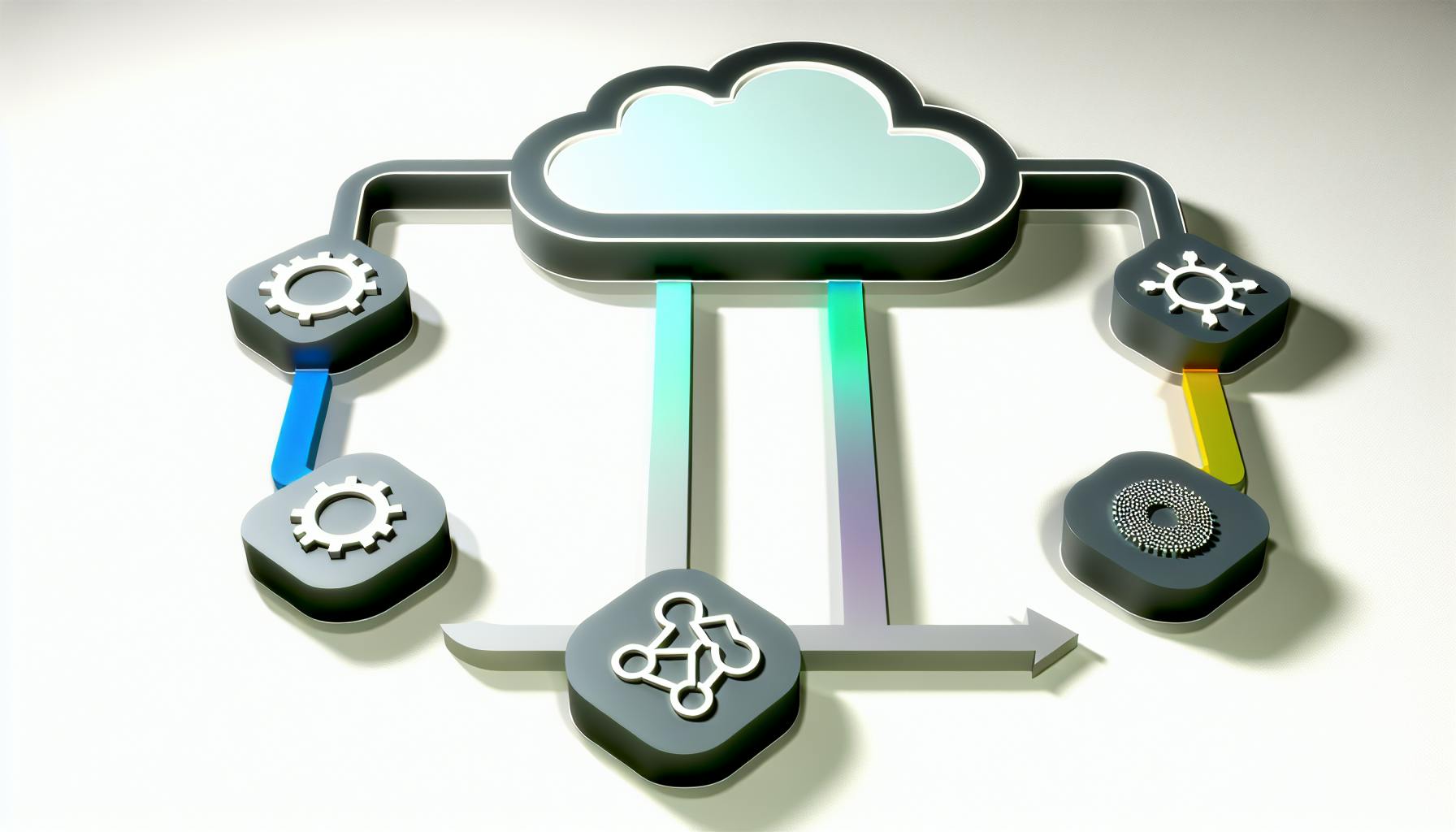A project management calendar is a visual tool that shows the timeline of a project, including tasks, milestones, deadlines, and resource allocation. It helps with planning, scheduling, collaboration, risk management, and productivity.
Related video from YouTube
Key Benefits of Using a Project Calendar:
- See the project schedule at a glance
- Organize and prioritize tasks efficiently
- Assign resources optimally
- Identify potential issues or delays early
- Keep team members and stakeholders informed
How to Create a Project Calendar for 2024:
- Define project goals, tasks, milestones, resources, and constraints
- Choose a calendar tool suitable for your team size and project complexity
- Build the calendar:
- Structure it based on your project plan
- Assign tasks to team members
- Schedule tasks, milestones, and account for non-working days
- Enhance with color-coding, descriptions, attachments, and tool integration
- Use the calendar to track progress, manage resources, identify risks, and communicate updates
- Regularly review and update the calendar, involving your team
Tips for Keeping Your Project Calendar Up-to-Date:
- Schedule regular review meetings
- Get input from your team on updates and changes
- Clearly communicate calendar changes to everyone
- Plan for unexpected issues by having contingency plans ready
By creating and maintaining an effective project calendar, you'll ensure successful project delivery on time and within budget.
Project Calendar Types and Benefits
Calendar Types
A project calendar can take different forms, each serving a specific purpose:
- Project Timeline: An overview of the project's schedule, key milestones, and deadlines.
- Task Calendar: A detailed view of individual tasks, their start and end dates, and resource allocation.
- Resource Calendar: Highlights the availability and allocation of resources like team members, equipment, or materials.
Key Elements
A project calendar typically includes these essential elements:
| Element | Description |
|---|---|
| Tasks | Breakdown of project activities into manageable tasks with start and end dates. |
| Milestones | Significant events or deadlines that mark project progress. |
| Deadlines | Specific dates by which tasks or milestones must be completed. |
| Resource Allocation | Assignment of resources (team members, equipment, materials) to tasks and activities. |
Advantages
Using project calendars offers several benefits:
- Improved Planning: Calendars help create a clear project roadmap, ensuring all tasks and activities are accounted for.
- Enhanced Scheduling: Calendars enable efficient scheduling of tasks and resources, reducing conflicts and overlaps.
- Better Collaboration: Calendars facilitate communication and collaboration among team members, stakeholders, and clients.
- Risk Mitigation: Calendars help identify potential risks and roadblocks, allowing for contingency planning and delay prevention.
- Increased Productivity: Calendars enable teams to prioritize tasks, manage time effectively, and stay focused on project goals.
sbb-itb-d1a6c90
Choosing a Calendar Tool
Creating a project calendar requires the right tool. There are many options, so choose one that fits your team's needs and project requirements.
Popular Tool Comparison
Here's a comparison of popular calendar tools:
| Tool | Pros | Cons |
|---|---|---|
| Excel | Familiar, widely available | Limited collaboration, no task dependencies |
| Google Calendar | Automatic reminders, easy sharing | Lacks project-specific features |
| Microsoft Project | Project management features | Expensive, learning curve |
| Dedicated PM Software | Project management features, integration | May require team training |
Factors to Consider
When selecting a calendar tool, consider:
- Team size: Larger teams may need more collaboration capabilities.
- Project complexity: Complex projects may require advanced features like task dependencies and resource allocation.
- Budget: Determine how much you can spend on a tool.
- Integration: Choose tools that integrate with your existing software.
Recommended Tool
For most teams, dedicated project management software is the best option. These tools offer robust features, integration, and collaboration capabilities for creating a comprehensive project calendar. While they may require some team training, the benefits outweigh the costs.
Creating a Project Calendar
Managing projects smoothly requires creating a project calendar. This visual tool shows the project timeline, tasks, milestones, and resource allocation. Here's how to create one for 2024:
Planning and Preparation
Before building the calendar, define the project goals, tasks, milestones, resources, and constraints:
- Project Goals: Outline the project's objectives, deliverables, and key performance indicators (KPIs).
- Tasks and Milestones: Break down the project into smaller tasks and identify critical milestones.
- Resources: Determine the team members, equipment, and materials needed for each task.
- Constraints: Identify any budget, timeline, or resource limitations that may impact the project.
Building the Calendar
With your plan ready, follow these steps to build the project calendar:
1. Structure the Calendar: Choose a calendar tool that fits your team's needs and create a structure that aligns with your project plan.
2. Assign Tasks: Assign tasks to team members, ensuring they understand their responsibilities and deadlines.
3. Schedule: Schedule tasks and milestones, considering dependencies, resource availability, and constraints.
4. Integrate Non-Working Days: Account for non-working days, holidays, and team members' availability to ensure a realistic schedule.
Enhancing the Calendar
To make your project calendar more effective, consider these enhancements:
- Color-Coding: Use different colors to categorize tasks, milestones, or team members for better visualization.
- Descriptions and Attachments: Include task descriptions, attachments, and comments to provide context and facilitate collaboration.
- Tool Integration: Integrate your project calendar with other project management tools, such as task management software or collaboration platforms.
Using the Calendar
Your project calendar is a living document that requires regular updates and tracking. Use it to:
- Track Progress: Monitor task completion, identify delays, and adjust the schedule as needed.
- Manage Resources: Ensure optimal resource allocation and effective team member utilization.
- Identify Risks: Anticipate potential risks and develop contingency plans to mitigate them.
- Communicate Updates: Share calendar updates with team members and stakeholders to ensure everyone is informed and aligned.
Keeping Your Project Calendar Up-to-Date
To ensure your project stays on track, it's crucial to regularly review and update your project calendar. Here are some tips to help you manage your calendar effectively:
Regular Reviews
Schedule regular meetings with your team to go over the project calendar. This allows you to:
- Track Progress: Check off completed tasks and milestones.
- Identify Delays: Note any tasks that are behind schedule.
- Make Adjustments: Update the calendar to reflect changes or new information.
Involve Your Team
Get input from your team when updating the calendar. They can:
- Provide Updates: Team members can share progress on their assigned tasks.
- Flag Issues: They can highlight potential roadblocks or concerns.
- Suggest Changes: Your team may have ideas to improve the schedule.
Clear Communication
Keep everyone informed about changes to the project calendar. You can:
- Share Updates: Send calendar updates to the team and stakeholders.
- Explain Changes: Clarify why adjustments were made to the schedule.
- Discuss Impact: Talk about how changes may affect the project timeline.
Plan for the Unexpected
No project goes exactly as planned. Be prepared for potential issues by:
| Potential Issue | Contingency Plan |
|---|---|
| Team member absence | Reassign tasks or adjust deadlines |
| Resource shortage | Secure additional resources or reschedule tasks |
| Unexpected delays | Build in buffer time or prioritize critical tasks |
Conclusion
Key Takeaways
In this guide, we covered how to create and manage a project calendar for 2024. Here are the main points:
- A project calendar is a visual tool that shows the project timeline, tasks, milestones, and resource allocation.
- Using a project calendar helps with planning, scheduling, collaboration, risk management, and productivity.
- Choose a calendar tool that fits your team's size, project complexity, budget, and integration needs.
- Dedicated project management software is often the best option for creating comprehensive calendars.
- To build a calendar, define goals, tasks, milestones, resources, and constraints. Then assign tasks, schedule activities, and account for non-working days.
- Enhance your calendar with color-coding, descriptions, attachments, and tool integration.
- Regularly review and update the calendar, involving your team and communicating changes.
- Be prepared for unexpected issues by having contingency plans in place.
Final Thoughts
A well-managed project calendar is essential for successful project delivery. It streamlines your workflow, improves team collaboration, and ensures timely completion. Remember, a project calendar is an ongoing process that requires regular updates and reviews.
Next Steps
Now that you understand project calendars, it's time to put this knowledge into action:
- Choose a project calendar tool that fits your needs.
- Create a calendar for your project, following the steps outlined in this guide.
- Regularly review and update your calendar, involving your team and communicating changes.
- Be prepared for unexpected issues by having contingency plans ready.
With a well-managed project calendar, you'll be on your way to delivering successful projects on time and within budget.
FAQs
How do you create a project management schedule?
1. Define your project goals and objectives. 2. Identify all stakeholders involved. 3. Determine the final deadline for completion. 4. List each step or individual task required. 5. Assign a team member responsible for each task. 6. Estimate the duration for each task. 7. Organize and sequence the tasks logically. 8. Monitor progress and adjust the schedule as needed.
What is a project management calendar?
A project management calendar is a tool used to organize and visualize a project's timeline. It allows you to plan project milestones and ensure tasks are completed on time. There are four types of calendars used in project management, and a project planning calendar is one of them.
What's the difference between a Gantt chart and a timeline chart?
| Gantt Chart | Timeline Chart |
|---|---|
| Shows a detailed sequence of tasks and their dependencies | Displays events on a single line |
| 2-dimensional chart | 1-dimensional view |
| Provides a granular view of task progress | Gives a high-level overview of project start, end, and key milestones |
A Gantt chart offers a more comprehensive view of task dependencies and progress, while a timeline chart provides a simpler, at-a-glance overview of the project timeline.


